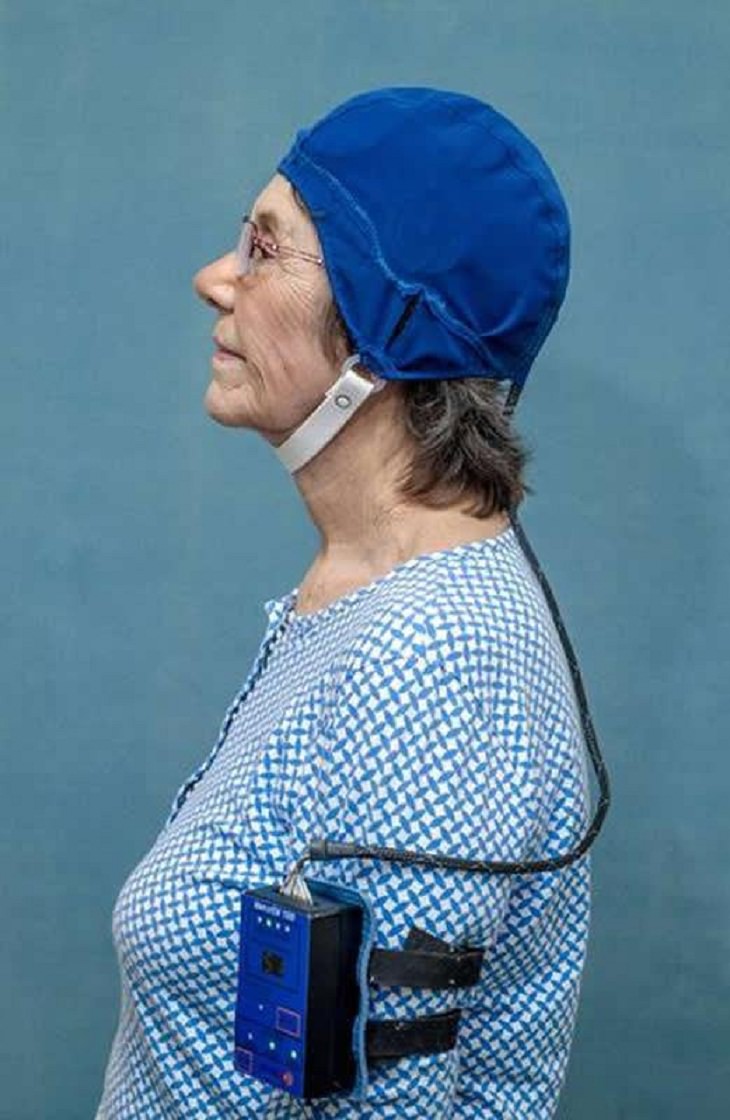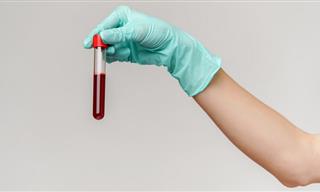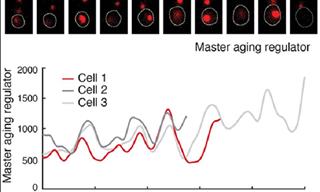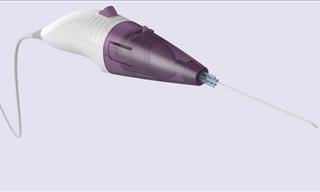While we are in the middle of the coronavirus pandemic right now, a lot of us might have forgotten that not too long back the world also feared an Ebola pandemic. The Ebola virus is extremely dangerous and kills by shutting down the body’s organs and draining victims of the fluids that keep them alive. In past Ebola outbreaks, the virus has claimed as many as 9 in 10 patients.
While scientists have been researching the fatal disease for years, it appears that we may have finally made a significant breakthrough in tackling it. In 2019, a clinical trial, conducted by an international coalition of doctors and researchers in the Democratic Republic of the Congo recognized two new drugs that reduced the death rate from the disease from 75 percent without treatment to 29 percent.
Of the two treatments, one is a monoclonal antibody drug made by Regeneron that has shown the lowest overall death rate, at 29%. The second one is monoclonal antibody 114 made by Ridgeback Biotherapeutics and has a mortality rate of 34%. The next phase would now reveal which of the two drugs works best in certain settings.
Regeneron contains a mixture of antibodies that are made by our immune cells to get rid of infections from the body. These antibodies specifically attack the Ebola virus (which can quickly evolve) and hence there is a lot of hope from this new drug in curing the Ebola infection.
“From now on, we will no longer say that Ebola is incurable,” said Prof Jean-Jacques Muyembe, the director-general of the Institut National de Recherche Biomédicale in DRC, which has overseen the trial. “These advances will help save thousands of lives.”
3. Universal flu vaccines
According to the latest reports, scientists may be 'on the cusp' of a universal flu vaccine. A study that was published in March this year noted that researchers found that a single dose of the vaccine, called Flu-v, caused greater immune responses than placebo in a trial involving 175 volunteers. The results indicate that the vaccine is safe and most likely to be effective as well.
"We're on the cusp of a universal flu vaccine," said Dr. Amesh Adalja, an infectious-diseases specialist and senior scholar at Johns Hopkins Center for Health Security in Baltimore, who was not involved in the new study. "It's long been a joke that a universal flu vaccine is always five years away. But I think, this time, it really is coming within the next five years."
The seasonal flu vaccine definitely helps save lives but it is still suboptimal, according to experts. During each flu season, predicting the characteristics of the growing flu strains and developing vaccines that will prevent widespread infection becomes a major challenge. It’s a lengthy and expensive process and often results in frequent vaccine shortages as well.
Hence, a universal flu vaccine like Flu-v is a promising alternative, primarily because it is made to target areas of the virus that are common to numerous strains of the flu virus and unlikely to mutate. "Flu-v can be manufactured all year round," said study co-author Olga Pleguezuelos, chief scientific officer at Seek, the drug discovery company that's developing Flu-v. "The manufacturing is synthetic, so there are no limitations on the scale of production," which there are for flu vaccines that are grown using eggs or cell cultures, she said.
In four previous trails so far, it has been demonstrated that Flu-v is safe. The new study (called a "Phase 2" study) was the first human trial to indicate that Flu-v enhances the body's production of antibodies that prevent flu infection. A final round of "Phase 3" clinical trials will now determine if the universal flu vaccine can indeed prevent flu in humans safely and effectively.
4. A Treatment for Alzheimer’s Disease
There is finally some encouraging news for millions of people suffering from Alzheimer’s disease (AD). NeuroEM Therapeutics, a clinical-stage medical device company focused on neurodegenerative diseases, announced their findings from an open-label clinical trial last year showing reversal of cognitive impairment in Alzheimer's disease patients after just two months of treatment using a wearable head device developed by the company.
The first clinical study of eight patients found that seven experienced a return of some cognitive function. Extensive studies are currently underway to determine the authenticity of these results.
“Perhaps the best indication that the two months of treatment was having a clinically-important effect on the AD patients in this study is that none of the patients wanted to return their head device to the University of South Florida/Byrd Alzheimer’s Institute after the study was completed”, said Dr.Gary Arendash, CEO of NeuroEM Therapeutics. One patient even exclaimed, “I’ve come back.”
Previously, similar experiments had been conducted on mice with electromagnetic waves in the radiofrequency range and it was discovered that they provided protection against memory damage in young AD mice and reversal of memory impairment in aged AD mice. While these are still early days in this novel treatment, it still presents a rare ray of hope to the countless people suffering from Alzheimer’s as medicines have only helped to mildly slow down the disease’s progression.
5. Mind-Controlled prosthetics
In a major advance for amputees, brain-controlled prosthetics have now become a reality. University of Michigan researchers have used faint, latent signals from arm nerves and expanded them to enable real-time, perceptive, finger-level control of a robotic hand.
For this, the researchers prepared a way to subdue volatile nerve endings, separate thick nerve bundles into smaller fibers that allow for a more specific control, and increase the signals coming through those nerves. The method includes tiny muscle grafts and machine learning algorithms taken from the brain-machine interface field.
“We have developed a technique to provide individual finger control of prosthetic devices using the nerves in a patient’s residual limb. With it, we have been able to provide some of the most advanced prosthetic control that the world has seen,” says Paul Cederna, who is the Robert Oneal Collegiate Professor of Plastic Surgery at the U-M Medical School, as well as a professor of biomedical engineering.
This is easily the biggest advance in motor control for people with amputations in many years. “It’s like you have a hand again,” said study participant Joe Hamilton, who lost his arm in a fireworks accident in 2013. “You can pretty much do anything you can do with a real hand with that hand. It brings you back to a sense of normalcy.”
Other researchers, too, have been developing similar brain-controlled prosthetics. For instance, Swedish researchers created a new type of prosthetic arm that could drastically improve the lives of people who’ve lost a limb. A few users have already received the brain-controlled prosthetic that was surgically attached to the bone, muscles, and nerves of their severed arms. It has allowed them to not only grip objects intuitively with their hand but feel the sensation of touching them. “The socket prosthesis I previously had is a tool you can use for help in your daily life, but this … this is a part of you,” says Rickard Normark who lost his left arm after an electric shock at work in 2011 and is using this new brain-controlled prosthetic.
Hopefully, more researchers will continue to develop and improve upon these prosthetics and make the life of amputees much easier.
Share this post with your family and friends.
 Go to BabaMail
Go to BabaMail























































